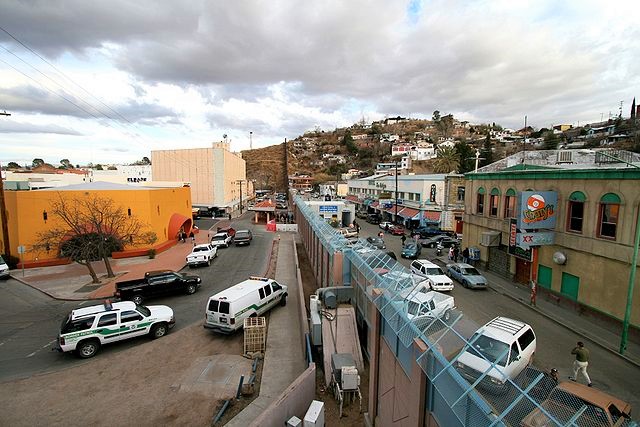DNA testing could reunite families at the US border — and fuel surveillance
By Russell Brandom and Rachel Becker,
The Verge
| 06. 22. 2018
More than 2,000 children have been separated from their parents at the US border as a result of the White House’s new “zero tolerance” policy, and immigration agencies seem to have no clear plan for reuniting them. In one case, a six-year-old’s ability to remember her aunt’s phone number became her only lifeline to her family. “Most children here aren’t able to give names, much less a phone number,” an official told ProPublica. With children less than a year old lost in the system, it’s become heartbreakingly difficult to simply match children to the parents that brought them.
In the midst of the crisis, consumer DNA companies are offering their services as an unlikely solution. After a nudge from a member of Congress, 23andMe has offered to donate DNA kits and other resources, using spit samples to help parents find missing children in the bureaucratic maze. MyHeritage made a similar offer, promising that the tests will be processed within the company and not shared with third parties. “We’re calling upon relevant government agencies to help us with...
Related Articles
By Emily Glazer, Katherine Long, Amy Dockser Marcus, The Wall Street Journal | 11.08.2025
For months, a small company in San Francisco has been pursuing a secretive project: the birth of a genetically engineered baby.
Backed by OpenAI chief executive Sam Altman and his husband, along with Coinbase co-founder and CEO Brian Armstrong, the startup—called...
By Jessica Hamzelou, MIT Technology Review | 11.07.2025
This week, we heard that Tom Brady had his dog cloned. The former quarterback revealed that his Junie is actually a clone of Lua, a pit bull mix that died in 2023.
Brady’s announcement follows those of celebrities like Paris...
By Emily Mullin, Wired | 10.30.2025
In 2018, Chinese scientist He Jiankui shocked the world when he revealed that he had created the first gene-edited babies. Using Crispr, he tweaked the genes of three human embryos in an attempt to make them immune to HIV and...
Public domain portrait of James D. Watson by Cold Spring Harbor Laboratory
and the National Human Genome Research Institute on Wikimedia Commons
James Watson, a scientist famous for ground-breaking work on DNA and notorious for expressing his antediluvian opinions, died on November 6, at the age of 97. Watson’s scientific eminence was primarily based on the 1953 discovery of the helical structure of DNA, for which he, Francis Crick and Maurice Wilkins shared the 1962 Nobel Prize in Physiology or...




